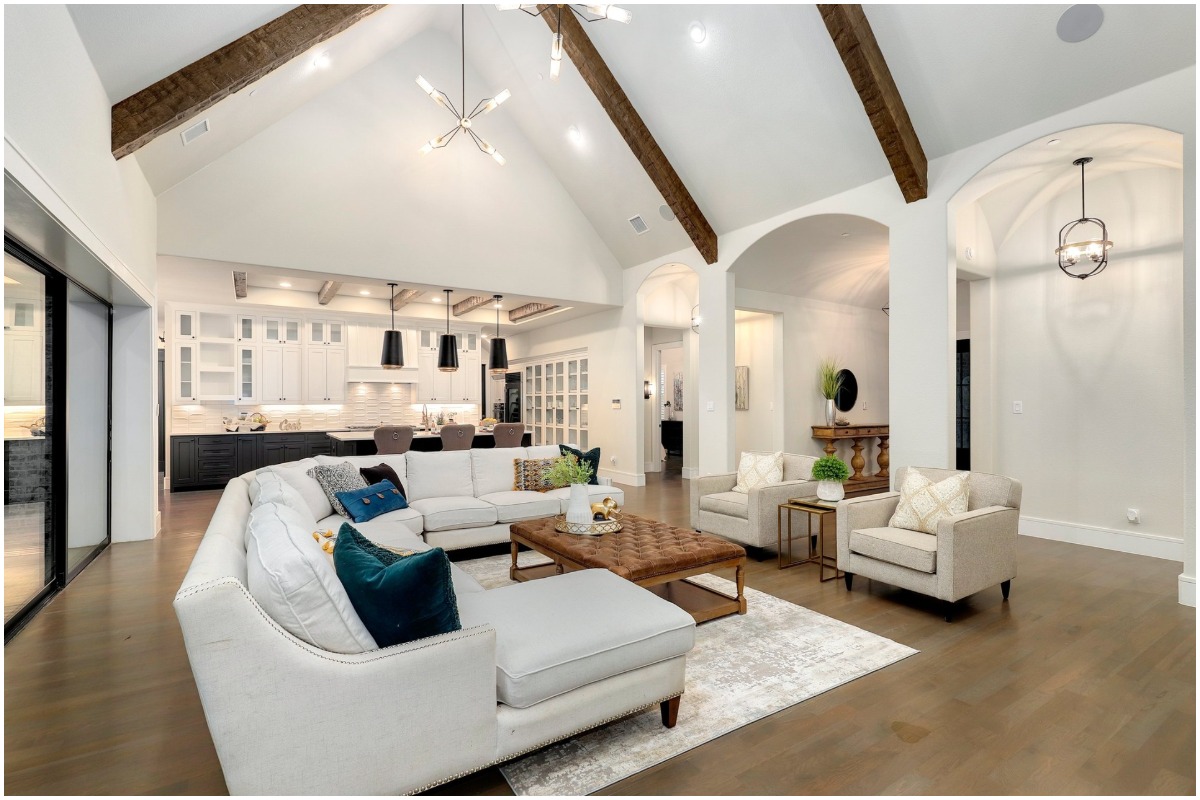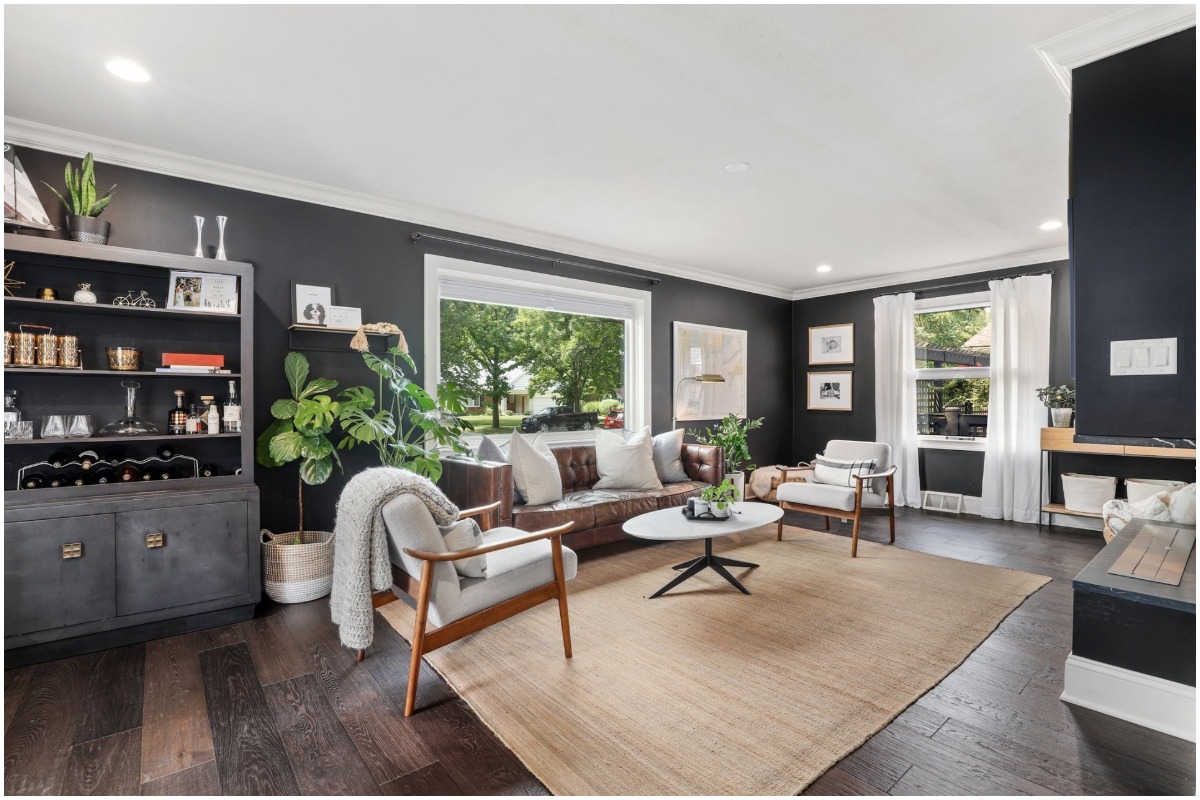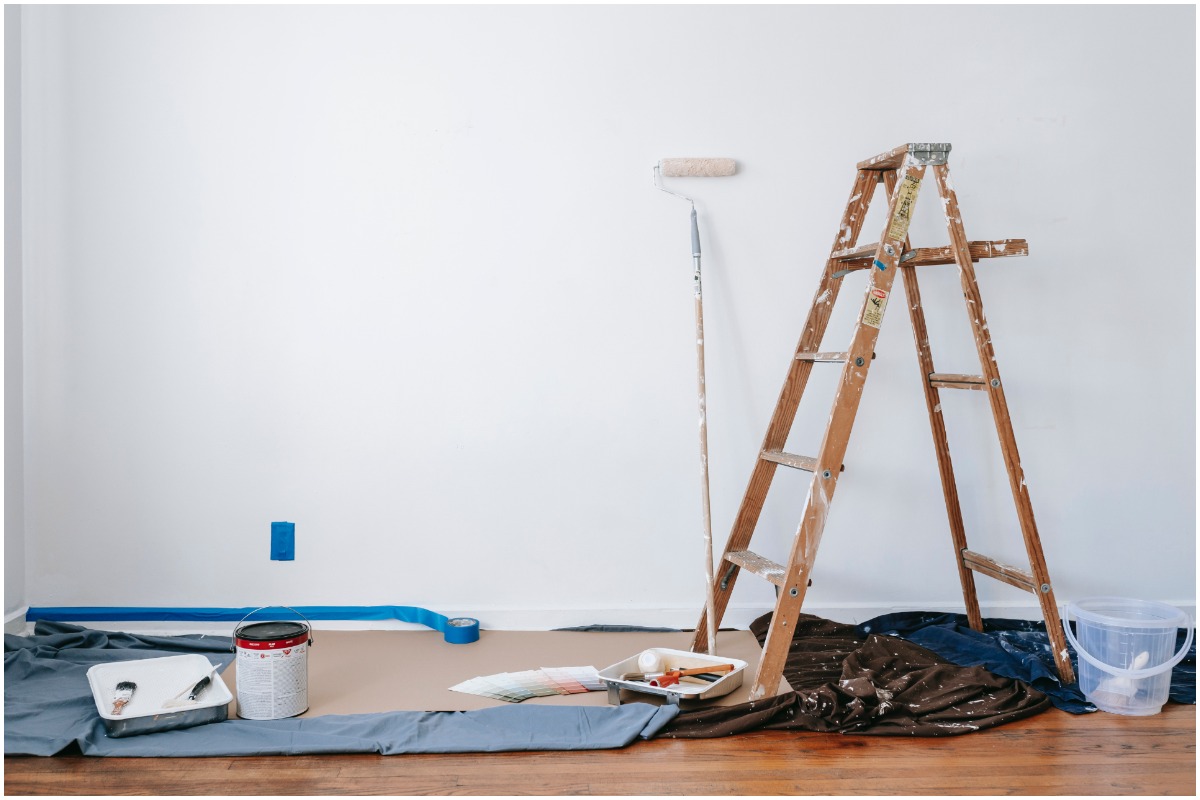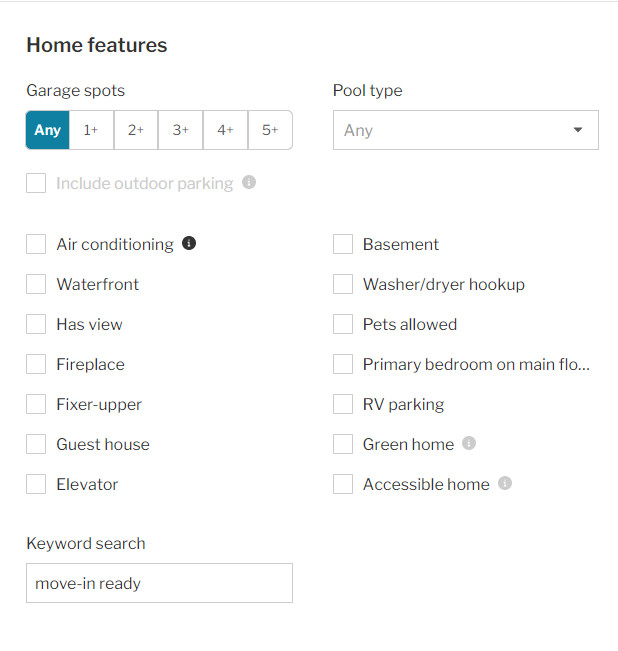You have a lot of things to consider when house hunting. One of the most significant is – do you want a home that you could move into tomorrow or a home that you can fix up and customize to your liking? Choosing between move-in ready homes and fixer-upper homes can be challenging given they each have their own unique set of advantages and disadvantages.
To help you determine the right type of home for you, we have created this guide that’ll break down the definitions of move-in ready and fixer-upper houses, some of the top pros and cons of each type of house, and even how to find these homes in your area. Let’s get started.

What is a fixer-upper?
If you’ve ever toured a home with shag carpets, peeling paint, and kitchen appliances from the 1970s, then you know all about fixer-uppers. A home described as a fixer-upper is usually livable – but the property needs significant maintenance work such as redecoration, redesign, or reconstruction. Every fixer-upper is different; some only need cosmetic updates, while others may have more severe problems like mold or structural flaws.
What does move-in ready mean?
The definition of ‘move-in ready’ can vary depending on who you ask. At its core, move-in ready means the current state of the house or property is ready for immediate occupancy. However, the term is more broadly used to describe a house that doesn’t need any major renovations or aesthetic updates prior to moving in. Turnkey homes are more likely to have key features that many homebuyers are looking for, like modern appliances, updated flooring, and sleek interior design.
Pros and cons of move-in ready homes
Before buying a home that’s move-in ready, here are some advantages and disadvantages to consider.
Pros
Immediate move in: After house hunting, home inspections, bidding wars, and more, the last thing some homeowners want is a remodeling project. Buying a move-in ready home allows you to unpack your boxes and enjoy your home immediately.
Fewer surprises: Move-in ready homes are safe for immediate move in. If you complete the proper inspections, you can expect fewer surprises like a septic tank issue or foundation problem that could cost a lot of time and money to fix.
It’s easier to stick to your budget: You’ll likely have an easier time sticking to your budget when buying a move-in ready home. Since these homes typically don’t need renovations, you won’t need to worry about going over budget during construction.
You may have an easier time qualifying for a loan: Move-in ready homes are usually seen as a less risky investment than fixer-uppers to mortgage lenders. This can make applying for a home loan easier for you if you’re buying a turnkey home.
Cons
More expensive: Convenience comes at a price. Move-in ready homes are often more expensive than fixer-uppers.
Limited opportunity for customization: Other than interior design, there isn’t much opportunity to customize these homes to your liking. Changing the floor plan to add a bedroom or bathroom could be extremely difficult and costly.
Lots of competition: The benefits of a move-in ready home are appealing to many homebuyers. Because of this, you may have a more challenging time buying a house because of the high competition.
You may not be able to find a truly move-in ready home: Based on your preferences and the houses currently on the market, you may not find a home that perfectly fits your needs without any renovation.

Pros and cons of fixer-upper homes
A fixer-upper can be a great option for some homebuyers. Below are some of the major pros and cons of fixer-upper homes.
Pros
Better value: As mentioned previously, fixer-uppers are often sold at a lower price than turnkey homes. If you have the time and money to invest in a fixer-upper, you can get a large house in a great neighborhood for a fraction of the cost.
You can personalize your home: A fixer-upper allows you to tailor your home to your personal needs and style.
Lower property taxes: Since property taxes are calculated on a property’s original purchase price, you’ll likely pay less in taxes when buying a fixer-upper than if you were to buy a home that you can move into immediately.
Investment opportunities: When done correctly, buying a fixer-upper and transforming it into a turnkey property can be a great investment opportunity for some homebuyers.
Cons
You may need temporary housing: You may not be able to live in your home during construction. If that’s the case, you’ll have to find a temporary housing solution like moving in with family or finding a short-term rental property – which can be expensive. If problems arise during the renovation process, who knows how long you’ll have to be in your temporary housing solution.
Unknown problems: You never truly know what you’re getting yourself into. During demolition, you may find significant issues like structural flaws, asbestos, mold, etc., that can quickly eat away at your budget.
High risk: Some mortgage lenders may see your home renovation as a risky investment. Because of this, they may choose not to finance your purchase, or you may have to use more expensive loan options.

How to find fixer-upper homes and move-in ready homes near me
Whether you are looking for a fixer-upper or home that’s move-in ready, Redfin can help you find one in your area. It’s as simple as:
1. Go to Redfin.com and type into the Search Bar either the city’s name or a zip code where you’d like to begin looking for a home – Sacramento, CA, for example. Press enter.

2. Near the top of the next page on the right side, you’ll see “All Filters”. Click that button and scroll to the “Keyword search” box near the bottom of the page.

3. Type “Move-in Ready” or “Fixer-Upper” into the Keywords box and press “Apply Filters.” Voila! All fixer-upper or move-in ready homes for sale within the zip code you entered will populate, and you can begin your search.

The post Which Is a Better Fit? Move-In Ready Homes vs. Fixer-Upper Homes appeared first on Redfin | Real Estate Tips for Home Buying, Selling & More.
